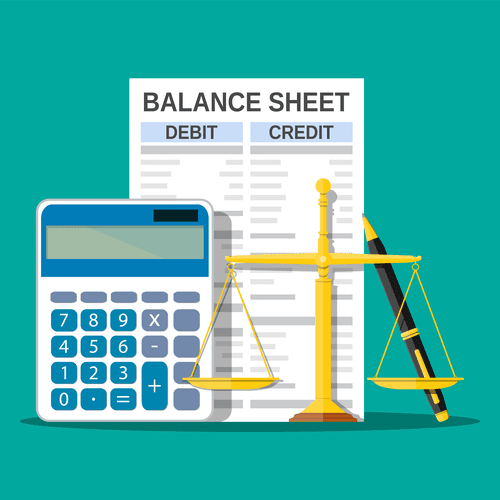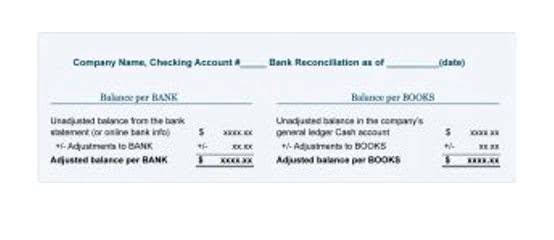
Both US GAAP and International Financial Reporting Standards (IFRS) account for long-term assets (tangible and intangible) by recording the asset at the cost necessary to make the asset ready for its intended use. Additionally, both sets of standards require that the cost of the asset be recognized over the economic, useful, or legal life of the asset through an allocation process such as depreciation. However, there are some significant differences in how the allocation process is used as well as how the assets are carried on the balance sheet. Straight-line depreciation is efficient, accounting for assets used consistently over their lifetime, but what about assets that are used with less regularity? The units-of-production depreciation method bases depreciation on the actual usage of the asset, which is more appropriate when an asset’s life is a function of usage instead of time. For example, this method could account for depreciation of a printing press for which the depreciable base is $48,000 (as in the straight-line method), but now the number of pages the press prints is important.

What Is the Basic Formula for Calculating Accumulated Depreciation?
- The allowance for doubtful accounts appears on the balance sheet and reduces the amount of receivables.
- This account serves two purposes — tracking total depreciation expenses while providing you with the accurate book value of the asset being depreciated.
- Depreciation expense is recognized on the income statement as a non-cash expense that reduces the company’s net income or profit.
- Those who are struggling with recording contra accounts may benefit from utilizing some of the best accounting software currently available.
- These contra revenue accounts tend to have a debit balance and are used to calculate net sales.
- Under the sum-of-the-years digits method, a company recognizes a heavier portion of depreciation expense during the earlier years of an asset’s life.
The definition can be expanded to include contra accounts in general. Contra accounts act like regular accounts on the balance sheet but have a unique purpose. In the above example, the debit to the contra liability account of $100 lets the company recognize that the bond was sold at a discount. The assets to be depreciated are initially recorded in the accounting records at their cost.
- This balance is used to offset the value of the asset being depreciated, so as of September 1, your $8,000 asset now has a book value of $7,866.67.
- Hence, the company will have gross revenue or net sales equal to $9,900.
- Watch this short video to quickly understand the main concepts covered in this guide, including what accumulated depreciation is and how depreciation expenses are calculated.
- Contra asset accounts allow users to see how much of an asset was written off, its remaining useful life, and the value of the asset.
- In other words, contra accounts are used to reduce normal accounts on the balance sheet.
- For this reason, depreciation is calculated by subtracting the asset’s salvage value or resale value from its original cost.
What are the Five Types of Contra Accounts?
Examples of deferred unearned revenue include prepaid subscriptions, rent, insurance or professional service fees. Charlene Rhinehart is a CPA , CFE, chair of an Illinois CPA Society committee, and has a degree in accounting the contra account used to record depreciation is depreciation and finance from DePaul University. For the past 52 years, Harold Averkamp (CPA, MBA) hasworked as an accounting supervisor, manager, consultant, university instructor, and innovator in teaching accounting online.
Examples of Contra Asset Accounts

Based on experience, Kenzie Company anticipates a salvage value of $10,000. Get instant access to video lessons taught by experienced investment bankers. Learn financial statement modeling, DCF, M&A, LBO, Comps and Excel shortcuts. If you keep a lot of inventory in stock, chances are that some of the inventory will become obsolete.
Following the straight-line method of depreciation, the machine will be depreciated with an amount of 100,000 at the end of every year for 5 consecutive years. The term amortization is used in both accounting and in lending with completely different definitions and uses. An amortization schedule is often used to calculate a series of loan payments consisting of both principal and interest in each payment, as in the case of a mortgage. As a loan is an intangible item, amortization is the reduction in the carrying value of the balance. The purpose of the Sales Returns account is to track the reduction in the value of the revenue while preserving the original amount of sales revenue. When you purchase an asset for your business, it has a market value.
A contra liability is an account in which activity is recorded as a debit balance and is used to decrease the balance of a liability. Key examples of contra asset accounts include allowance for doubtful accounts and accumulated depreciation. Accumulated depreciation reflects the reduction in value of a fixed asset. The annual depreciation expense shown on a company’s income statement is usually easier to find than the accumulated depreciation on the balance sheet.
Overview: What is a contra asset account?
- The accumulated depreciation account is a contra asset account on a company’s balance sheet.
- The formula for this is (cost of asset minus salvage value) divided by useful life.
- However, depreciation expense is not permitted to take the book value below the estimated salvage value, as demonstrated in the following text.
- In either case, using these accounts can help you better manage depreciation expense, keep your accounts receivable balance accurate, and properly dispose of and account for obsolete inventory.
- Asset accounts usually have a positive value which is the same as a debit balance.
- Finally, the company paid $5,000 to get the equipment in working condition.
- Assets that are expensed using the amortization method typically don’t have any resale or salvage value.

